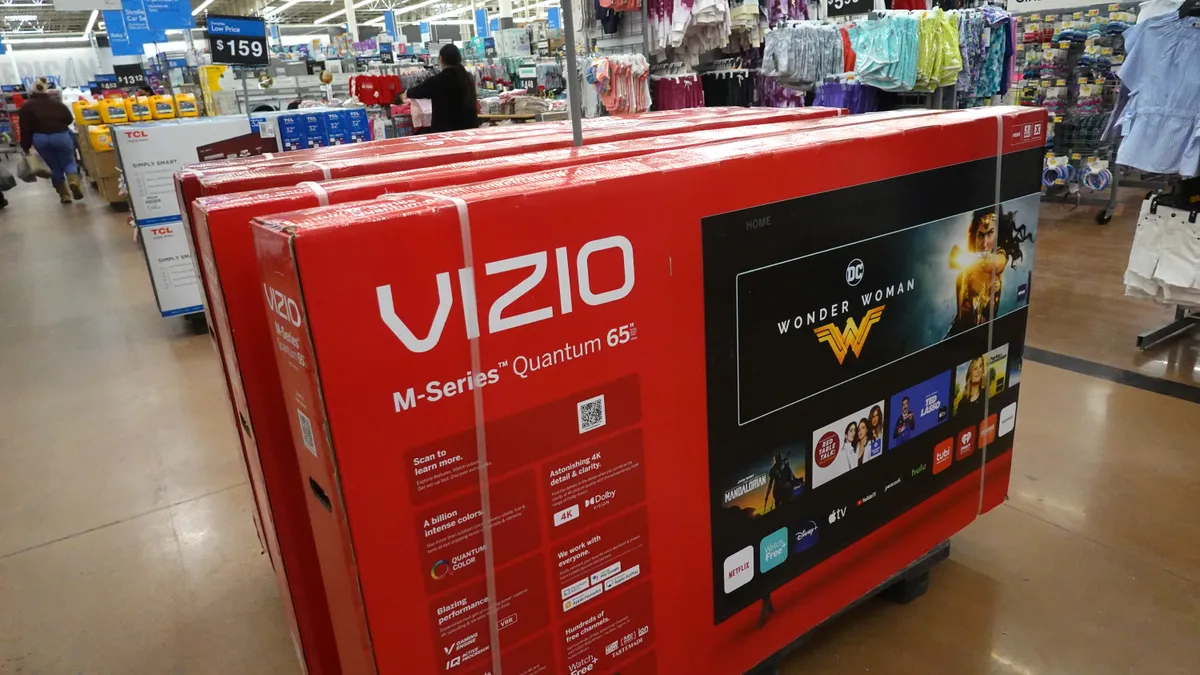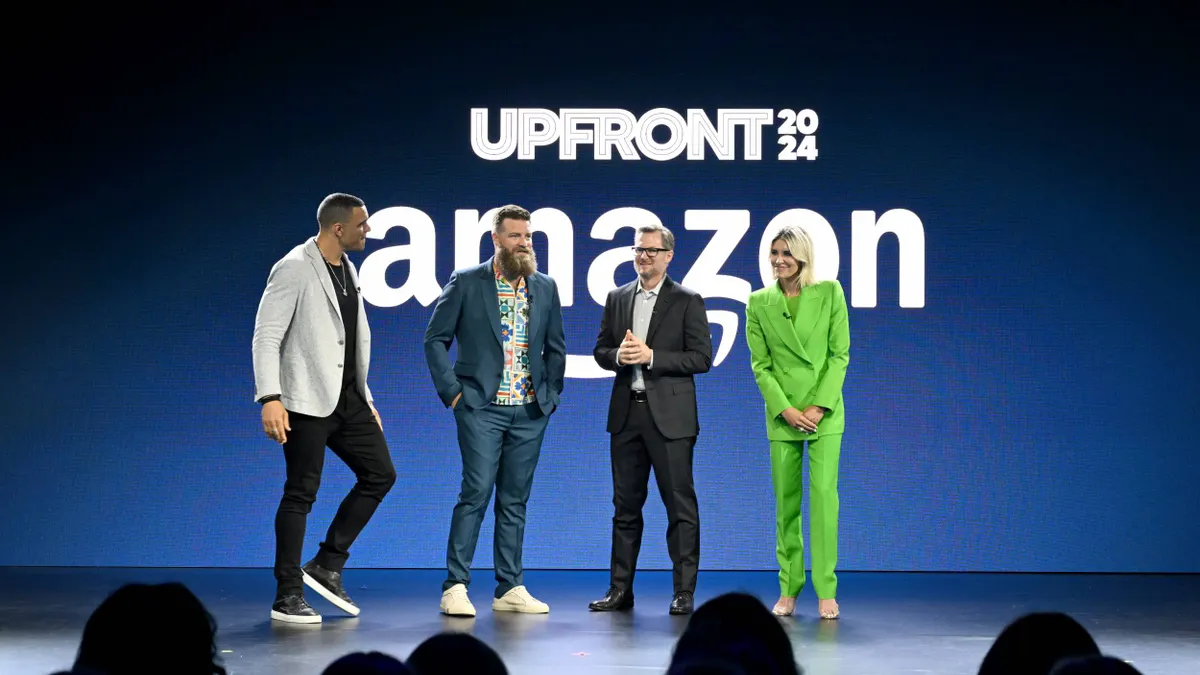Brief:
- Facebook is becoming less popular among U.S. teens, Pew Research Center found. About half (51%) of teens ages 13-17 say they use Facebook, down from 71% from several years ago and much lower than the percentage who use YouTube (85%), Instagram (72%) or Snapchat (69%).
- Lower-income teens are more likely to use Facebook than those from higher-earning households, a trend consistent with Pew's previous surveys. Seven-in-ten teens living in households whose income is less than $30,000 a year report using Facebook, compared with 36% whose family earnings surpass $75,000.
- The study also found that smartphone ownership has become a nearly ubiquitous part of teen life, with 95% reporting they own a smartphone or have regular access to one. These mobile connections are leading to more-persistent online activities with 45% of teens saying they're online on a near-constant basis, Pew found.
Insight:
Pew's latest survey of U.S. teens demonstrates how the demographic group's use of mobile devices and social media apps is quickly shifting. The study confirms other surveys that show Facebook is losing popularity among teens who are more likely to favor visual platforms like Snapchat and Facebook-owned Instagram. At the same time, time spent on social media is more dispersed among a variety of platforms than it was in Pew's 2015 survey, potentially signaling that these young consumers are less loyal to any one platform and more willing to try — and abandon — platforms once they lose popularity amongst their peers.
While Facebook may not be as popular among U.S. teens as other social networking apps, the company still owns the popular Instagram platform and can leverage it to cross-promote Facebook. However, people need a solid reason to join Facebook, such as exclusive content from services like Watch for video programming or Marketplace for buying or selling items. Shopping and payments aren't big reasons for teens to join a social network, given their limited access to debit and credit cards.
Snapchat, on the other hand, continues to weave new features onto its mobile platform, including professionally produced content, bite-sized news, teen-focused shows and even commerce. Snapchat holds major sway among the up-and-coming Gen Z audience, offering an advantage in reaching elusive, often ad-averse audiences like teens. As a result of the app's popularity — and younger consumers' abandoning of Facebook — many brands appear to be reworking their strategies to focus more heavily on this young audience early on to cultivate stronger relationships as teens grow into adults with more spending power.









